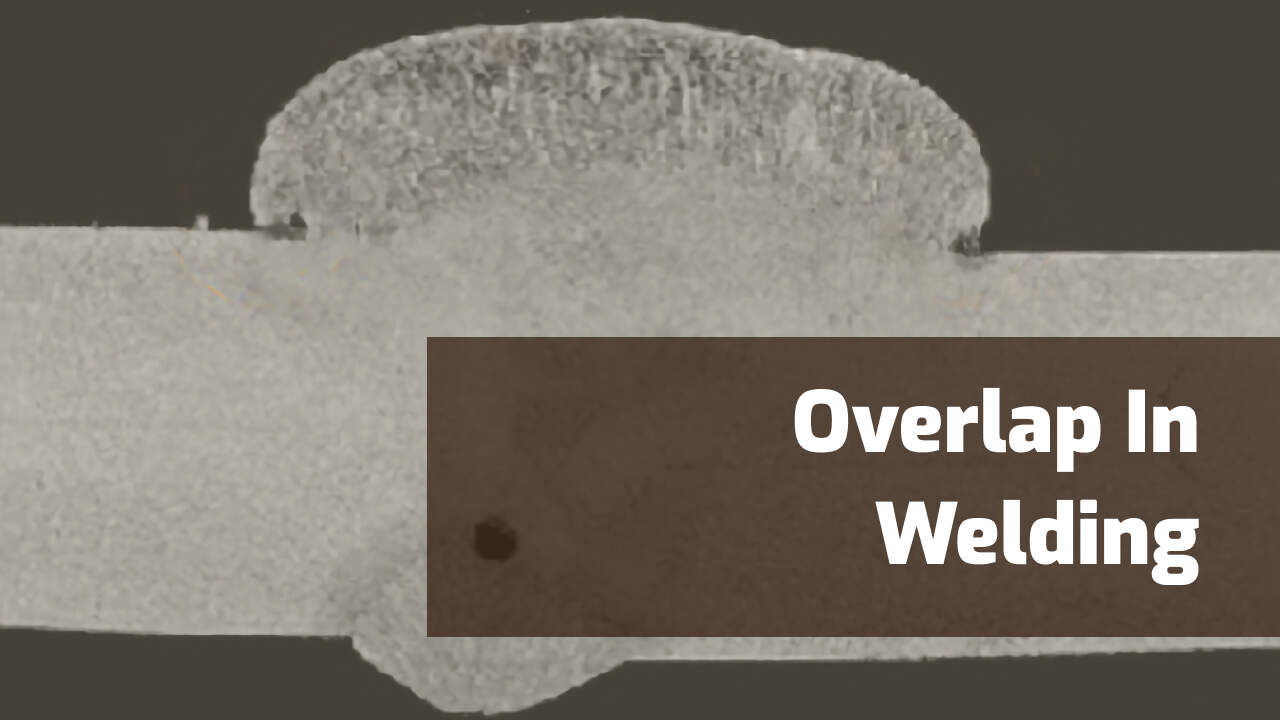Recognizing the Causes and Solutions for Undercut Welding in Steel Construction Procedures
In the world of metal construction processes, the occurrence of undercut welding positions a substantial difficulty that requires a comprehensive understanding of its causes and sensible options. The detailed interplay of numerous aspects during welding procedures can result in this undesirable sensation, impacting the architectural stability and overall high quality of the welded joints - Preventing weld undercut. By exploring the origin of undercut welding and discovering effective therapeutic actions, producers can boost the standard of their craftsmanship and ensure the manufacturing of flawless metal elements
Usual Reasons of Undercut Welding
Regularly overlooked in steel construction, undercut welding occurs due to different variables that demand meticulous interest and knowledge to be effectively mitigated. Additionally, improper welding techniques, such as using the incorrect welding angle or travel speed, can additionally contribute to damage development. The selection of welding specifications, such as voltage, current, and wire feed rate, plays a considerable duty in the incident of undercut welding.
Effect of Incorrect Welding Parameters
Inaccurate welding parameters can considerably jeopardize the integrity and high quality of welded joints in steel fabrication processes. The impact of inaccurate welding criteria materializes in various means, leading to structural weaknesses and flaws in the welded parts. Meticulous attention to welding parameters is vital to ensure the production of premium welds with the preferred mechanical residential properties and structural stability.
Result of Improper Torch Angle
Incorrect torch angle in welding operations can significantly affect the top quality and honesty of the last weld joints in metal construction procedures. The lantern angle plays a crucial duty in identifying the warm input and circulation throughout welding. When the torch angle is wrong, problems such as damaging can emerge. Undercutting is a common welding flaw where a groove develops along the weld toe, compromising the joint and endangering its architectural stability.
A lantern angle that is too high can bring about insufficient penetration, insufficient combination, and boosted spatter. On the other hand, a lantern angle that is also superficial can lead to extreme penetration, burn-through, and distortion of the base product. Preventing weld undercut. Proper lantern angle is essential for guaranteeing regular weld high quality, toughness, and appearance
To stop undercutting and other problems brought on by incorrect lantern angles, welders need to be trained to maintain the right lantern angle throughout the welding procedure. Routine tracking and adjustment of torch angles during welding can assist accomplish sound welds with minimal defects.
Function of Inadequate Welding Techniques

An additional aspect of poor welding strategies is incorrect weld prep work. Insufficient cleansing of the base metals, inaccurate joint design, or not enough edge preparation can all add to undercut welding. Additionally, insufficient securing gas coverage or using the wrong sort of gas can result in incomplete combination and the formation of undercut problems.
To address the role of poor welding strategies in metal fabrication processes, it is read this article necessary to supply thorough training for welders. Correct education and learning on welding parameters, joint preparation, and protecting gas option can help prevent undercut welding and ensure top notch welds in metal fabrication projects.
Efficient Solutions for Undercut Welding
Attending to undercut welding in steel fabrication calls for executing efficient remedies to enhance weld top quality and structural stability. One of the primary services to fight undercut is to adjust welding criteria such as voltage, existing, and take a trip rate to make sure proper warmth input and combination. By fine-tuning these settings, welders can prevent extreme melting of the base metal and filler material, lowering the probability of undercut formation.
Additionally, appropriate joint prep work is important in avoiding undercut. Making certain clean base steel surface areas free of pollutants and making use of the proper bevel angle can help promote far better weld infiltration and decrease the risk of undercut - Preventing weld undercut. Employing suitable welding strategies, such as weaving or oscillating the torch, can additionally help in dispersing warm evenly and filling the weld joint properly, lessening the opportunity of undercut flaws
In addition, choosing the correct welding consumables, consisting of electrodes and Click Here filler metals, is crucial in mitigating undercut. Making use of materials with proper chemical structures and mechanical residential properties can add to achieving audio welds with minimal undercut. Normal inspection and top quality control measures ought to also be implemented to discover and deal with undercut problems promptly, making certain the total integrity of produced metal components.

Final Thought
To conclude, recognizing the reasons and remedies for undercut welding in steel fabrication processes is critical for achieving high-grade welds. By dealing with common causes such as incorrect welding parameters, incorrect lantern angle, and inadequate welding methods, welders can protect against damaging and guarantee strong, resilient welds. It is crucial to take article source note of these variables and carry out reliable solutions to improve the total welding procedure and last item top quality.
